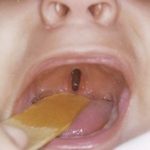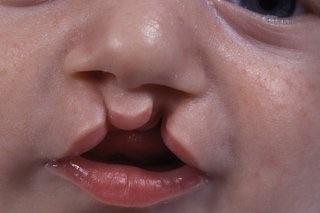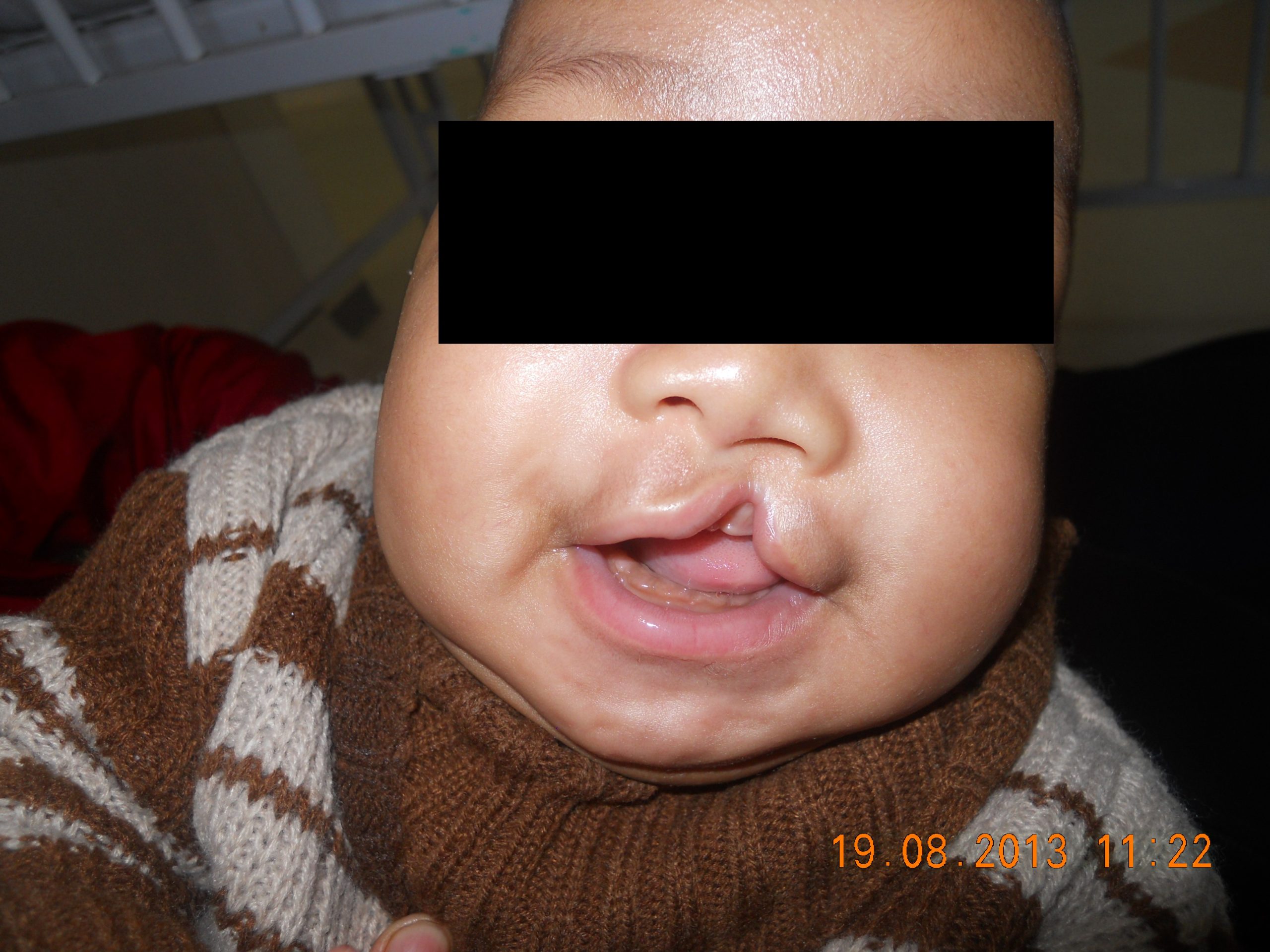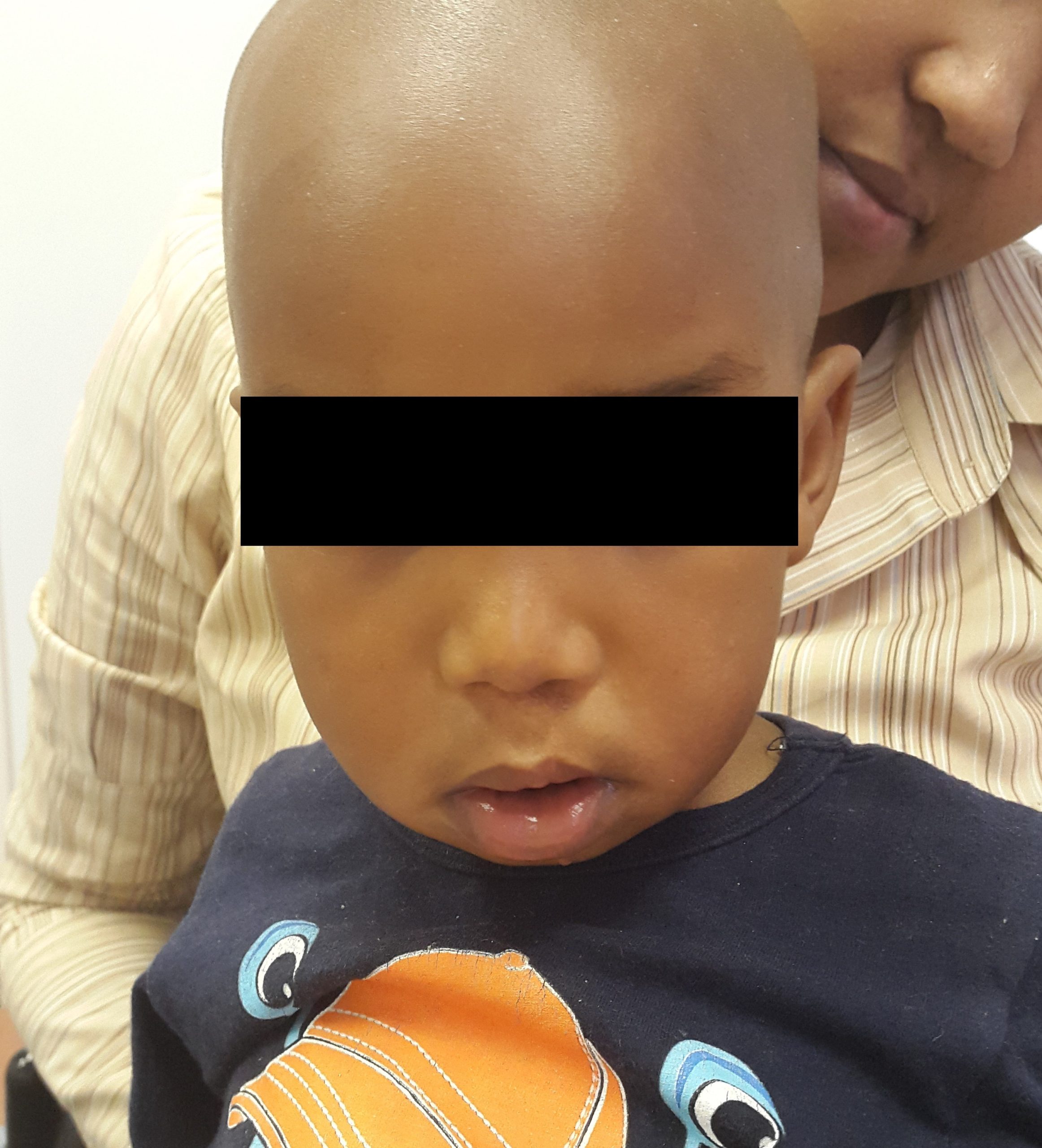Cleft lip and palate surgery
Cleft lip and palate Surgery
Overview -Cleft lip and palate
Happy
- Overview
A cleft is a gap or split in the upper lip and / or roof of the mouth (palate
The upper lip is the resultant of the one midline piece and two lateral pieces that all stick together during organogenesis (the formation of the embryo in the womb),. I cleft lip patient this process is altered the pieces doesn’t fuse together on one side which makes a unilateral CL or 2 side and the it’s a bilateral CL
The palate as well is the resultant of the fusion of 2 plates that rotates and fuse in the midline. An alteration of this fusion result in a gap in the midline.
All combinations are possible:
Cleft lip, one side, 2 sides associated or not to cleft palate or isolated cleft palate, complete or partial.
There is even a form of clefts that are not very noticeable, called submucous clefts, that are discovered only with their impact on speech.
A cleft lip and palate is the most common facial birth defect.
What does a cleft lip and palate look like?
Babies can be born with a cleft lip, a cleft palate, or both.
Bilateral cleft lip
A cleft palate may just be an opening at the back of the mouth, or it may be a split in the palate that runs all the way to the front of the mouth.
Sometimes it can be hidden by the lining of the roof of the mouth.
cleft palate

bilateral cleft lip

Example of treatment of Unilateral cleft lip by Dr Lahouel : Pre-op photo

Example of treatment of Unilateral cleft lip by Dr Lahouel : Result after 6 months

Example of treatment of Unilateral cleft lip by Dr Lahouel : Result at 2 years

Problems related to cleft lip and palate
A cleft lip and cleft palate can cause a number of issues, particularly in the first few months after birth, before surgery is done.
Problems can include:
- Difficulty feeding a cleft lip and palate baby – a baby with a cleft lip and palate may be unable to breastfeed or feed from a normal bottle because:
-
- they cannot build up enough suction pressure because of the air leak caused by the cleft.
- Because of the communication between the mouth and the nasal cavity in case of cleft palate
To overcome these issues:
- The mother can be taught how to seal the mouth with her hand while breast feeding to help her baby.
- A palatal plate can be made to seal cleft palate
- Share cleft lip and palate feeding recommendations. And ask to try different feeding strategies to see what works for her and her baby.
- Hearing problems –Babies with a cleft palate (not cleft lip) are more prone to develop ear infections and a build-up of fluid in their ears, which may affect their hearing. Hence the need to assess the ears by an ENT doctor
- Dental problems – a cleft lip and palate can mean a child’s teeth do not develop correctly and close collaboration with an orthodontist to align the teeth is necessary for optimal results
- Speech problems – if a cleft palate is not repaired, it can lead to speech problems such as unclear or nasal-sounding speech. Hence, the ideal time for palate repair is before 9 month when the baby starts to learn speech. A speech therapist will be part the team to help acquiring normal speech.
Most of these problems will improve after cleft lip and palate surgery and with treatments such as speech and language therapy.
Causes of cleft lip and palate
Most of the time we don’t find any explanation why the baby developed a cleft.
In a few cases, cleft lip and palate is associated with:
- the genes a child inherits from their parents (although most cases are a one-off)
- smoking during pregnancy or drinking alcohol during pregnancy
- a lack of folic acid during pregnancy
- taking certain medicines in early pregnancy, such as some anti-seizure medications and steroid tablets
In some cases, a cleft lip or palate can occur as part of a condition that causes a wider range of birth defects, such as 22q11 deletion syndrome (sometimes called DiGeorge or velocardiofacial syndrome) and Pierre Robin sequence .
Diagnosing cleft lip and palate
Most of the cleft lips are discovered with ultra sound during pregnancy, however sometimes the hand of the baby comes in the way making it to difficult for the sonographer.
Cleft palates are more difficult to see specially when they isolated (without cleft lip).
However discovering a cleft lip during pregnancy or at birth does not impact treatment.
Management for cleft lip and palate
At birth
Cleft lip and cleft palate are treated by multidisciplinary team, each in its sfield:
Plastic surgeon / maxillofacial surgeon, ENT, Peadiatrician, orthodontist, psychologist, speech therapist.
Cleft lip and palates surgery can lead to very good results, but parents must be patient and understand that the treatment is a multistaged process, and there always a possibility of touch ups for every step.,
The protocol that we generally follow for treatment plan which we adapt depending on the specific needs of every case is as follow:
- We recommend an abdominal and heart ultrasound to look for other possible malformations before planning cleft lip and palate surgery.
- We recommend genetic assessment by a pediatrician or geneticist and genetic counseling.
- We teach the mother how to breast feeding a cleft lip and palate baby and how to position the baby to avoid food inhalation issues.
- We refer to an ENT for hearing assessment in case of cleft lip
- We recommend:
-
- Lip surgery around the age of 6 months and possible grommets insertion by ENT if need be.
- Palate repair around the age of 9 months
- Gum repair around the age of 4 to 5 years
- Possible bone graft to alveolar cleft around the age of 9 to 10 years
- Nose repair around the age of 16 years
- Upper jaw surgery if need be around the age 16 years
- speech and language therapy – a speech and language therapist will monitor your child’s speech and language development throughout their childhood and help with any speech and language problems
- Good dental hygiene and orthodontic treatment to align the teeth and prepair for jaw surgery if need be.
Outlook for cleft lip and palate
There is too many techniques of cleft lip repair design, this is because there is no single technique that fit all patients.
We use more than one technique and we adapt the techniques to the width of the cleft to achieve the best result possible.
Cleft palate as well can be repaired in one stage or it can be staged, this is depending on the width of the cleft as well.
Having had the chance of to work as a consultant in the largest teaching hospital in the southern hemisphere (Chris Hani Baragwanath hospital, Soweto, South africa), and operating personally more than 70 cleft patient a year, allowed Dr N Lahouel to buid a strong and sound experience in managing key patients and tailoring specific techniques to specific patients.
Some adults who’ve had a cleft lip or palate repair may be self-conscious or unhappy about their appearance. Your GP may refer you back to an NHS cleft center for further treatment and support if there are any ongoing issues.
Will a cleft lip and palate happen again?
In non syndromic clefts (isolated clefts)
The risk of having a child with a cleft lip or palate is slightly increased if you’ve had a child with the condition before, but the chances of this happening are thought to be around 2 to 8%.
If either you or your partner were born with a cleft lip or palate, your chance of having a baby with a cleft is also around 2 to 8%.
A geneticist or a pediatrician can help in predict the increased risk of having another child with cleft.
Famous people with cleft lip and palate:
If cleft lip can be detected in close up a the scar or if lip not perfectly corrected, but cleft palates, once repaired correctly it will be totally unnoticeable.
Remember that a cleft lip child is a normal child and need to be loved the same way like his brothers and sisters and not differently which will foster his self confidence.
And that is the Miracle of Love, by Annie Lennox, a cleft palate patient.
Famous people with cleft lip [or palate: source wikipedia